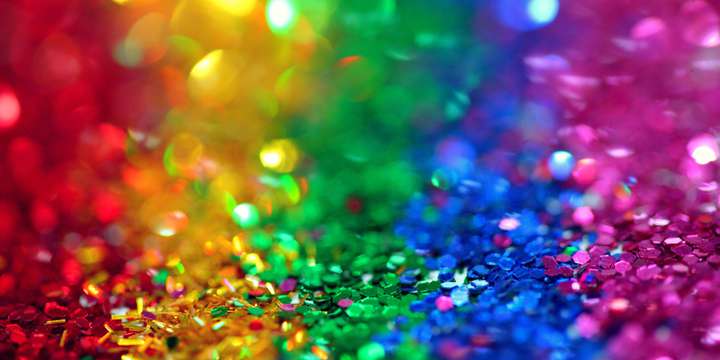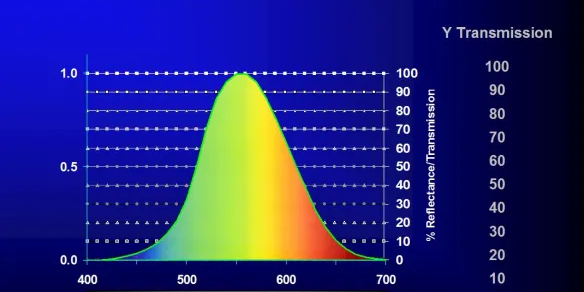Humans have always been fascinated by light-producing organisms. Biofluorescence and bioluminescence are two naturally occurring phenomena that people can observe in certain creatures that have evolved to produce or emit light. While these capabilities may seem very similar, biofluorescence and bioluminescence have unique characteristics that make them quite distinct from one another. In this post, we will discuss these differences.
What Is Biofluorescence?
Biofluorescence is not a chemical reaction. Biofluorescent plants and organisms absorb low wavelength or dim light, then emit high wavelength light that makes the creatures glow against a dark background. Biofluorescent organisms do not give off light from their power source, nor is it a chemical reaction. The light emitted is an entirely different color from what's absorbed — usually green, red, or orange.
Examples of biofluorescence are ocean organisms such as corals, jellyfish, and a wide array of fish that use this capability for communication, camouflage, or mating purposes. However, many additional functions may also explain this phenomenon.
Pharmaceutical companies can use discoveries in bio-fluorescent coloring to develop new products.
How to Measure Biofluorescence
A fluorescence spectrophotometer (fluorometer, fluorospectrometer, or fluorescence spectrometer) detects the fluorescent light emitted by a sample at various wavelengths. The spectrometer uses a photon source, such as a laser, xenon lamp, or LED, to emit ultraviolet or visible light. The light travels via a monochromator, which chooses a specific wavelength. The light exits at a specified angle based on the wavelength. The spectrometer directs the monochromatic wavelength toward the sample. The sample generates a wavelength that goes to the detector.
The detector is often positioned at a 90-degree angle to the light source to eliminate interference from the transmitted excitation light. Photons are emitted and hit a photodetector. Computer software attached to the detector generates a graphical depiction of the wavelengths the sample absorbs. The emission spectrum reveals what wavelengths the samples emit. The unit of measurement used is the relative fluorescence unit (RFU).
Fluorometers can feature multiple channels for monitoring different-colored fluorescent signals with varying wavelengths, such as green and blue or ultraviolet and blue. Fluorometers also accept a wide range of sample sizes, with some employing extremely tiny sample sizes to save expensive sample materials.







